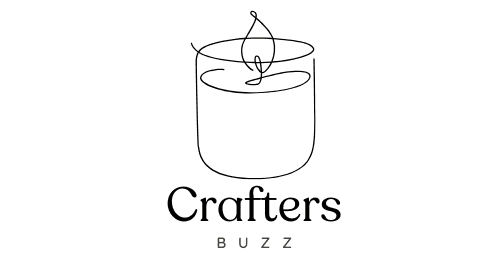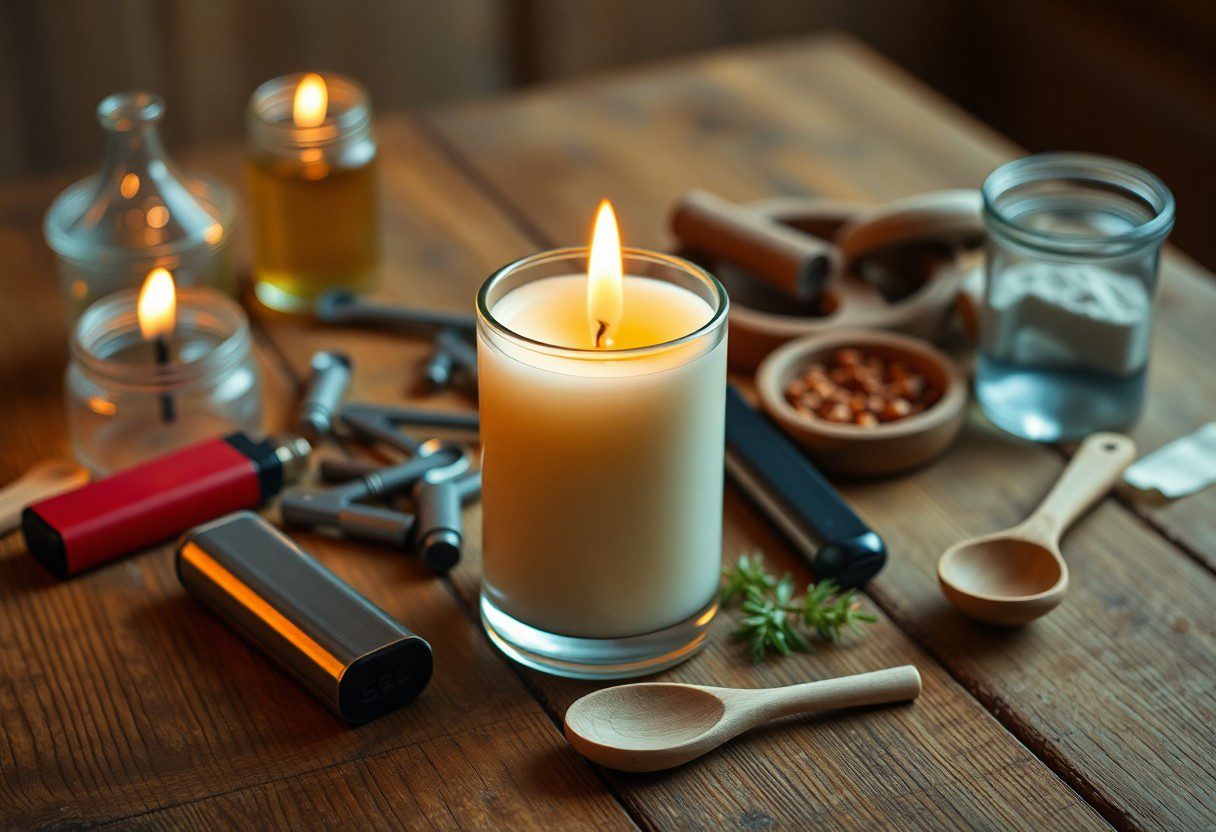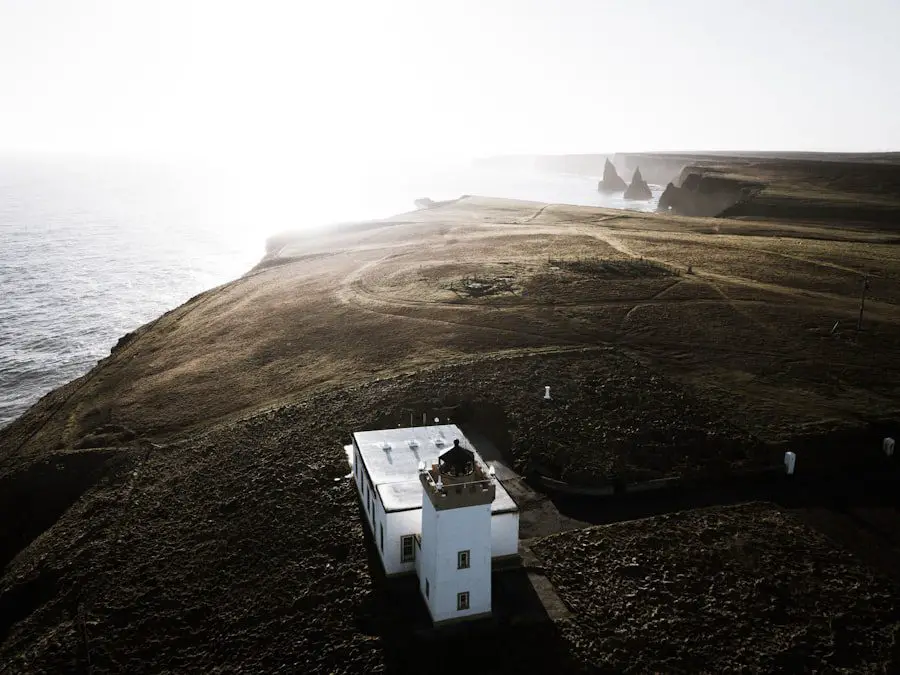Why the first burn is crucial for getting the most out of your candles.
The first burn of a candle is often regarded as one of the most critical moments in its lifespan. This initial lighting sets the stage for how the candle will perform throughout its life. When a candle is lit for the first time, it is essential to allow it to burn long enough for the wax to melt evenly across the surface.
This process, known as achieving a full melt pool, is crucial because it establishes the candle’s memory. If the wax does not melt all the way to the edges during this first burn, it can create a “memory ring,” leading to uneven burning in subsequent uses. Moreover, the first burn significantly impacts the fragrance throw of the candle.
A well-executed first burn allows the fragrance oils to disperse effectively, filling the room with scent. If the candle is extinguished too soon during its inaugural burn, it may not reach its optimal scent release potential. This can result in a lackluster aromatic experience in future burns, as the wax may not have had sufficient time to release its full fragrance profile.
Therefore, understanding and respecting the importance of the first burn can enhance both the performance and enjoyment of your candle.
Maximizing fragrance throw
Maximizing fragrance throw is a key consideration for anyone looking to enjoy their candles to the fullest. The term “fragrance throw” refers to how well a candle disperses its scent into the surrounding environment. Several factors influence this aspect, including the type of wax used, the quality and concentration of fragrance oils, and the size and shape of the wick.
To achieve an optimal fragrance throw, it is essential to select high-quality materials that are designed for scent dispersion. One effective strategy for enhancing fragrance throw is to ensure that the candle is burned in an appropriate-sized room. A small candle in a large space may struggle to fill the area with scent, while a larger candle can overwhelm a smaller room.
Additionally, maintaining proper airflow can also play a role; stagnant air can hinder scent distribution, while gentle breezes can help carry the fragrance throughout the space. Furthermore, allowing the candle to burn long enough to create a full melt pool will enable the fragrance oils to evaporate more efficiently, resulting in a more robust scent experience.
Preventing tunneling
Tunneling is a common issue that many candle enthusiasts encounter, and it can be frustrating for those who want to enjoy their candles fully. Tunneling occurs when a candle burns down the center while leaving wax on the sides of the container. This phenomenon not only wastes wax but also diminishes the overall burn quality and fragrance throw.
To prevent tunneling, it is crucial to follow specific burning practices from the very first use. One effective method to avoid tunneling is to ensure that you allow your candle to burn long enough during its initial lighting. As mentioned earlier, achieving a full melt pool during the first burn is vital.
A good rule of thumb is to let the candle burn for one hour for every inch of its diameter. For example, if you have a three-inch wide candle, aim for a burn time of at least three hours on that first occasion. This practice helps ensure that the wax melts evenly and prevents any wax from being left behind on the sides of the container.
Ensuring an even wax pool
An even wax pool is essential for both aesthetic appeal and optimal performance of a candle. When a candle burns evenly, it not only looks more visually pleasing but also ensures that all of the wax is utilized efficiently. An uneven wax pool can lead to wasted wax and an unsatisfactory burning experience.
To achieve an even wax pool, several factors must be considered. The wick plays a crucial role in determining how evenly a candle burns. A wick that is too small may not generate enough heat to melt the wax adequately, while one that is too large can create excessive heat and lead to uneven burning.
It’s important to choose wicks that are appropriately sized for the diameter of your candle. Additionally, trimming the wick before each burn can help maintain an even flame size and prevent soot buildup, which can also affect how evenly the wax melts.
Extending the life of your candle
Extending the life of your candle is not only beneficial for your wallet but also enhances your overall enjoyment of the product. Candles can be an investment, especially those made from high-quality materials or crafted by artisanal producers. By adopting certain practices, you can significantly prolong their lifespan and ensure that you get your money’s worth.
One effective way to extend your candle’s life is by practicing proper wick maintenance. Regularly trimming your wick to about one-quarter inch before each burn helps control the flame size and reduces soot production. A smaller flame will not only create less soot but will also consume less wax per hour, allowing you to enjoy your candle for longer periods.
Additionally, always store your candles in a cool, dry place away from direct sunlight or heat sources; this helps preserve their fragrance and structural integrity.
Avoiding wasted wax
Wasted wax is an unfortunate reality for many candle users, often resulting from improper burning techniques or neglecting maintenance practices. To minimize waste, it’s essential to adopt strategies that ensure every bit of wax is utilized effectively. One common cause of wasted wax is extinguishing a candle too early before it has had a chance to create a full melt pool.
To avoid this issue, always allow your candle to burn long enough during each session. As previously mentioned, following the guideline of one hour per inch of diameter will help ensure that all wax melts evenly and completely. Additionally, consider using a candle warmer as an alternative method for melting wax without burning it directly; this allows you to enjoy the fragrance without consuming as much wax at once.
Creating a clean and efficient burn
A clean and efficient burn is essential for maximizing both safety and enjoyment when using candles. Soot buildup and excessive smoke can detract from the overall experience and may even pose health risks if inhaled over time. To create a clean burn, several factors must be taken into account.
Choosing high-quality candles made from natural waxes such as soy or beeswax can significantly reduce soot production compared to paraffin-based candles. These natural alternatives tend to burn cleaner and produce fewer harmful byproducts when lit. Additionally, ensuring that your wick is trimmed properly before each use will help maintain an optimal flame size, reducing soot and smoke while promoting an efficient burn.
Tips for a successful first burn
The first burn of a candle sets the tone for its entire lifespan; therefore, taking care during this initial lighting is paramount. To ensure success, start by placing your candle on a stable surface away from drafts or flammable materials. This will help maintain an even temperature around the candle and prevent any sudden gusts from affecting its performance.
Before lighting your candle, take a moment to trim the wick to about one-quarter inch in length. This simple step helps control flame size and reduces soot production during burning. Once lit, allow your candle to burn long enough for a full melt pool to form—typically around one hour per inch of diameter—before extinguishing it.
By following these guidelines during that crucial first burn, you set yourself up for an enjoyable experience with your candle that lasts well beyond that initial lighting session.
When it comes to getting the most out of your candles, the first burn is crucial. This initial burn sets the stage for the candle’s performance throughout its lifespan. To learn more about the importance of the first burn and how to properly care for your candles, check out this insightful article on candles in religious ceremonies. It provides valuable tips and information on how to maximize the longevity and fragrance of your candles.
FAQs
What is the first burn of a candle?
The first burn of a candle refers to the initial time the candle is lit and allowed to burn until the wax pool reaches the edges of the container. This typically takes 1-2 hours for every inch in diameter of the candle.
Why is the first burn crucial for getting the most out of your candles?
The first burn is crucial because it sets the stage for the entire lifespan of the candle. It allows the candle to establish a full melt pool, which helps prevent tunneling and ensures an even burn throughout the life of the candle.
What happens if the first burn is not done properly?
If the first burn is not done properly, the candle may develop a tunneling effect, where the wax only melts in the center and leaves a ring of unmelted wax around the edges. This can significantly reduce the burn time and overall lifespan of the candle.
How can you ensure a proper first burn for your candles?
To ensure a proper first burn, it is important to allow the candle to burn for a long enough period of time to create a full melt pool that reaches the edges of the container. It is also important to trim the wick to 1/4 inch before each use to prevent soot and ensure a clean burn.









